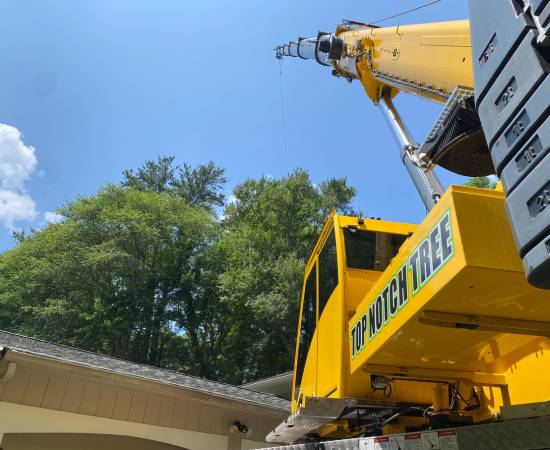
About Top Notch Tree
For more than two decades, Top Notch Tree has been the go-to tree service provider for the discerning residents of the South Shore of Massachusetts. Rooted in Rockland, our reputation has grown far and wide, much like the trees we care for. Our commitment is to ensure every customer receives the best tree service and best customer service!
Our founder, Jeff Van Meter, isn't just the face of the company; he's the heart. Many of our loyal customers have Jeff's number saved on their phones, a testament to the personal touch and trust we've cultivated over the years. Whether you're seeking regular maintenance or facing an emergency, we're just a call away.
From tree pruning to stump grinding, and emergency services to land clearing and tree removal, our team of certified professionals is equipped with the knowledge, experience, and passion to handle all your tree care needs. At Top Notch Tree, we don't just treat trees; we care for them as if they were our own. After all, trust isn't just a part of our tagline; it's embedded in every branch of our service.
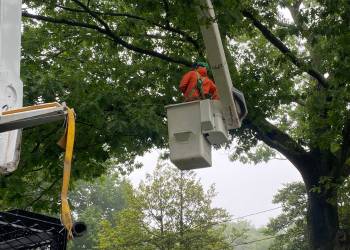
Tree Trimming
& Pruning
Breathe new life into your trees and enhance the beauty and safety of your property with precision tree pruning from the Top Notch professionals.
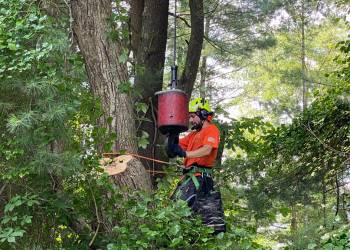
Tree
Removal
Safe and efficient tree removal with minimal disruption. We're the tree removal company that South Shore residents trust with even the largest and most hazardous trees.
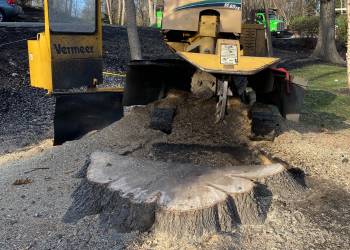
Stump Grinding & Removal
Say goodbye to unsightly stumps and hello to a lawn free of potential hazards. Enjoy your yard without fear of tripping, attracting carpenter ants, or damaging your lawn mower.
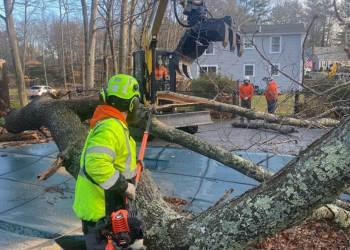
Emergency Tree Services & Storm Cleanup
Day or night, we're here with a quick response to your urgent tree needs. Fallen trees? Broken and hanging branches? Blocked driveway? Call Top Notch Tree today!
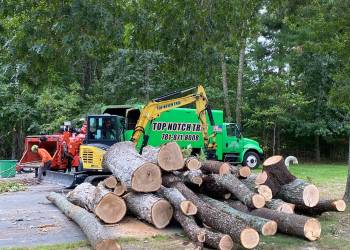
Lot & Land
Clearing
Preparing for new construction, updating your landscaping, or expanding your view? We’ll make sure your land is ready for whatever you have in mind.
With a focus on customer satisfaction (see our many 5-star reviews online!) and swift response times, we don’t just offer tree services—we deliver peace of mind.

Tree Trimming & Pruning
Breathe new life into your trees and enhance the beauty and safety of your property with precision tree pruning from the Top Notch professionals.

Tree Removal
Safe and efficient tree removal with minimal disruption. We're the tree removal company that South Shore residents trust with even the largest and most hazardous trees.

Stump Grinding & Removal
Say goodbye to unsightly stumps and hello to a lawn free of potential hazards. Enjoy your yard without fear of tripping, attracting carpenter ants, or damaging your lawn mower.

Emergency Tree Services & Storm Cleanup
Day or night, we're here with a quick response to your urgent tree needs. Fallen trees? Broken and hanging branches? Blocked driveway? Call Top Notch Tree today!

Lot & Land Clearing
Preparing for new construction, updating your landscaping, or expanding your view? We’ll make sure your land is ready for whatever you have in mind.
With a focus on customer satisfaction (see our many 5-star reviews online!) and swift response times, we don’t just offer tree services—we deliver peace of mind.
Whenever you need tree care services, look for the ISA Certified Arborist badge – it’s a mark of top-tier tree care. Then call Top Notch Tree at 781-871-8008. Our commitment to excellence is recognized area-wide.


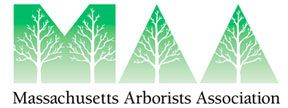
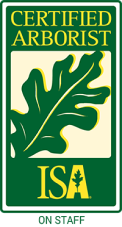
Your Trees Deserve the Best. So Do You.
Get a clear, transparent, and no-obligation estimate from Top Notch Tree today. Whether it's pruning, removal, or lot clearing, we're here to provide you with expert advice and solutions tailored to your needs.
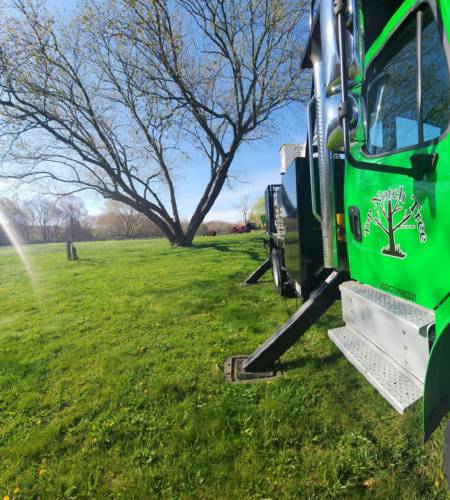
See What We Can Do for You!

Decades of Dedication
Our rich history and stellar reputation in the Greater South Shore area is a testament to our unwavering commitment to quality tree care.
Highly Recommended by South Shore Residents!


Tree Service Emergency? We're Here 24/7!
Facing unexpected tree challenges? Trust our quick response and reliable emergency services to restore safety and serenity to your home and property.
Let's Cultivate a Greener Future Together
Frequently Asked Questions
Your Questions, Our Expert Answers
Tree service pricing is based on the type of service, tree size and species, location, complexity of the job, and more. On average, South Shore tree trimming and pruning can cost anywhere from $250 to $1,000 per tree, while tree removal along the Massachusetts coast can cost between $500 and $5000 per tree. Stump grinding typically costs around $150 to $500 per stump. Reach out for a transparent quote. We won’t steer you wrong!
Absolutely! As a reputable and professional tree service company, we are always fully insured. This includes liability insurance, which covers any damage that may occur to your property during our work, as well as workers’ compensation insurance, which covers any injuries sustained by our team while on the job.
The type and scope of tree work will dictate how long the job takes. For example, pruning many large trees on your property may require multiple days, while a simple tree removal can usually be completed in less than one day. We’ll give you an estimated timeline for any work included in a proposal.
Typically, it’s not necessary to obtain a permit to remove a tree in Plymouth County. However, if the tree is located near wetlands, you will need to contact the conservation department at your local town hall to gain permission to remove the tree. But don’t worry, we'll guide you every step of the way in determining if the tree is located near wetlands and with obtaining permission.
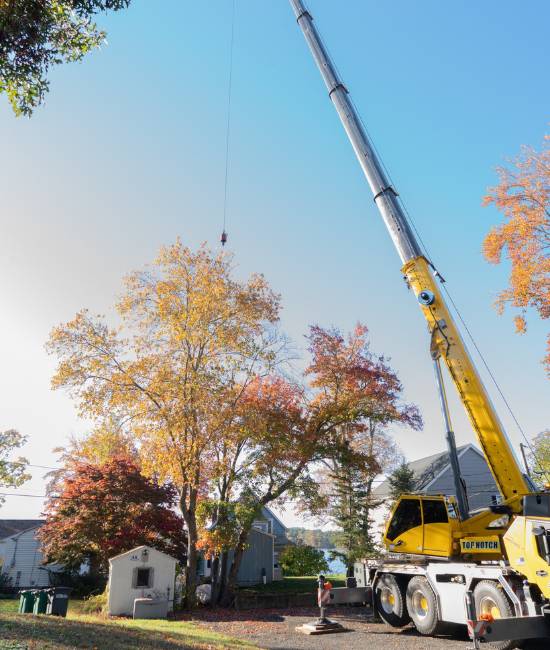
Discover Expert Tree Care
Get Top Notch tree services tailored to the South Shore’s unique landscapes. Let us enhance your property's value and appearance today!
